Your home is your sanctuary—but when it comes to insurance, even the most ordinary household items can cause unexpected headaches. From overlooked maintenance issues to specific high-value belongings, certain things in your home could raise red flags or lead to disputes if you ever need to file a claim. Knowing what could trip you up ahead of time can save you time, stress, and money down the line. Here are 12 surprising things in your home that could trigger an insurance dispute.
1. Water Damage and Mold
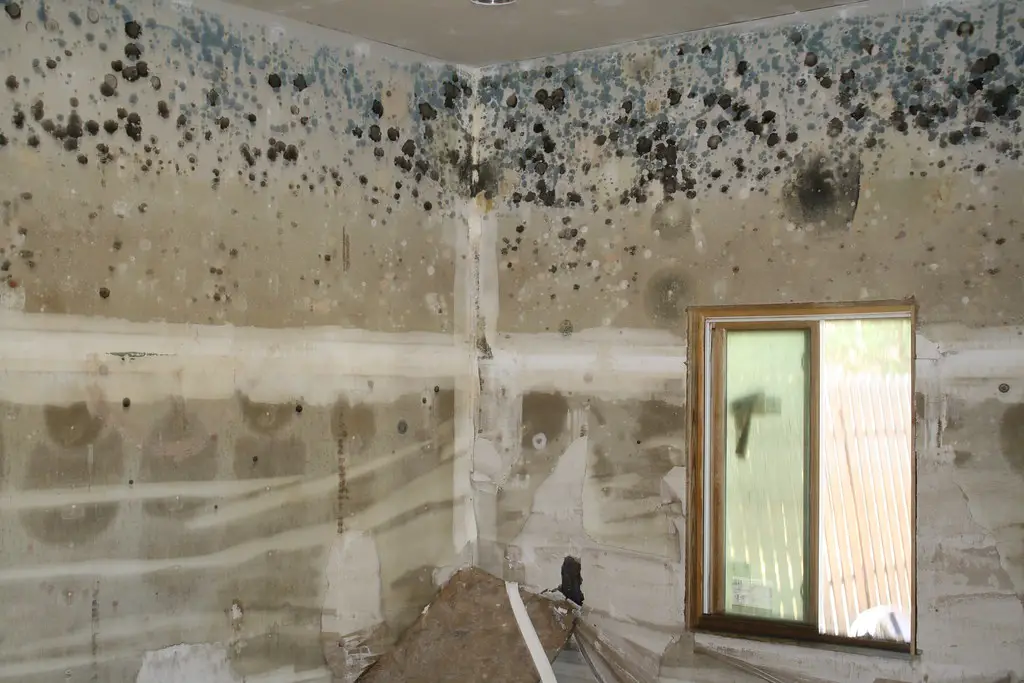
Water damage is often the result of leaking pipes, clogged gutters, or roof leaks, and if left unchecked, it can lead to mold growth. The Centers for Disease Control and Prevention (CDC) warns that mold can cause respiratory problems, allergies, and asthma, making it a significant health risk for homeowners. Mold can also compromise the structural integrity of your home, weakening walls, ceilings, and floors.
Even small leaks can cause hidden water damage that’s difficult to detect, as water can seep behind walls or under flooring. To prevent this, regularly inspect plumbing, roofing, and appliances that use water. If you notice signs of mold, such as musty odors or discoloration on walls, it’s crucial to act quickly to avoid expensive remediation costs.
2. Faulty Wiring

Faulty wiring is one of the most common hidden dangers in homes and can lead to fires, electrical shock, or expensive repairs. According to the National Fire Protection Association (NFPA), electrical failures are responsible for nearly 13% of all home fires in the United States. Old or improperly installed wiring can overheat and spark fires, especially when combined with faulty circuits or overloaded outlets.
A common sign of faulty wiring is frequent circuit breaker trips, flickering lights, or warm-to-the-touch outlets. If left unaddressed, faulty wiring can cause severe damage to your home, and in some cases, even lead to fatal fires. It’s essential to have your wiring checked regularly by a licensed electrician to prevent these hidden dangers from escalating.
3. Radon Gas
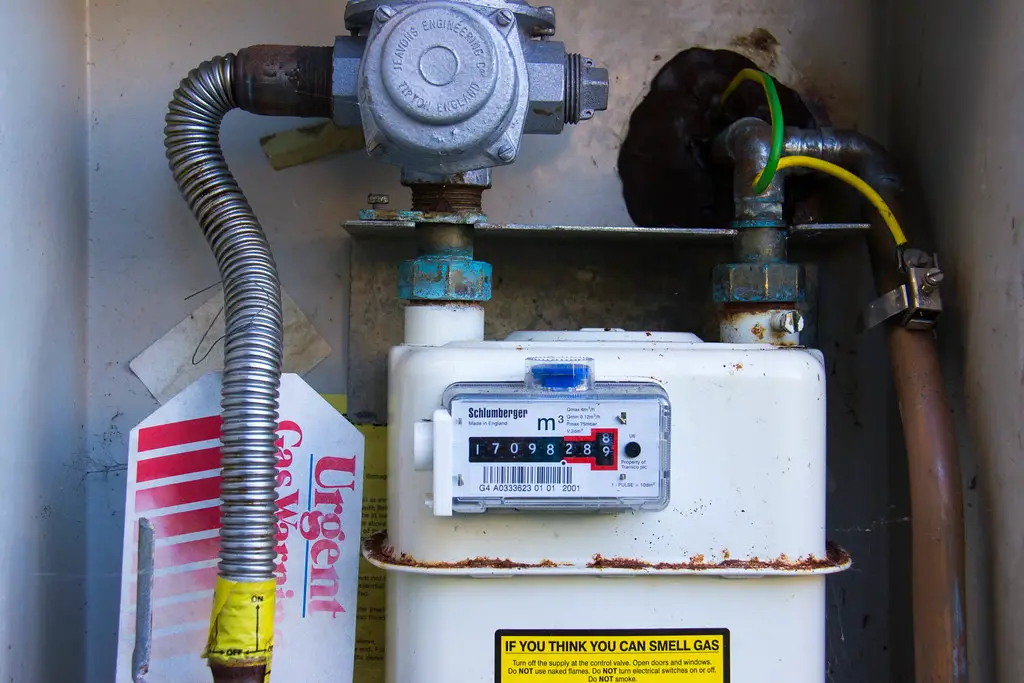
Radon is a naturally occurring, colorless, and odorless gas that can seep into your home from the ground. The Environmental Protection Agency (EPA) notes that radon exposure is the second leading cause of lung cancer in the United States. Since it’s undetectable without specialized equipment, many homeowners are unaware of its presence in their homes.
Radon enters through cracks in floors, walls, and foundations, and it can accumulate to dangerous levels over time. The best way to protect your home is to have it tested for radon. If levels are high, installing a radon mitigation system can prevent exposure and avoid the health risks associated with this silent danger.
4. Asbestos
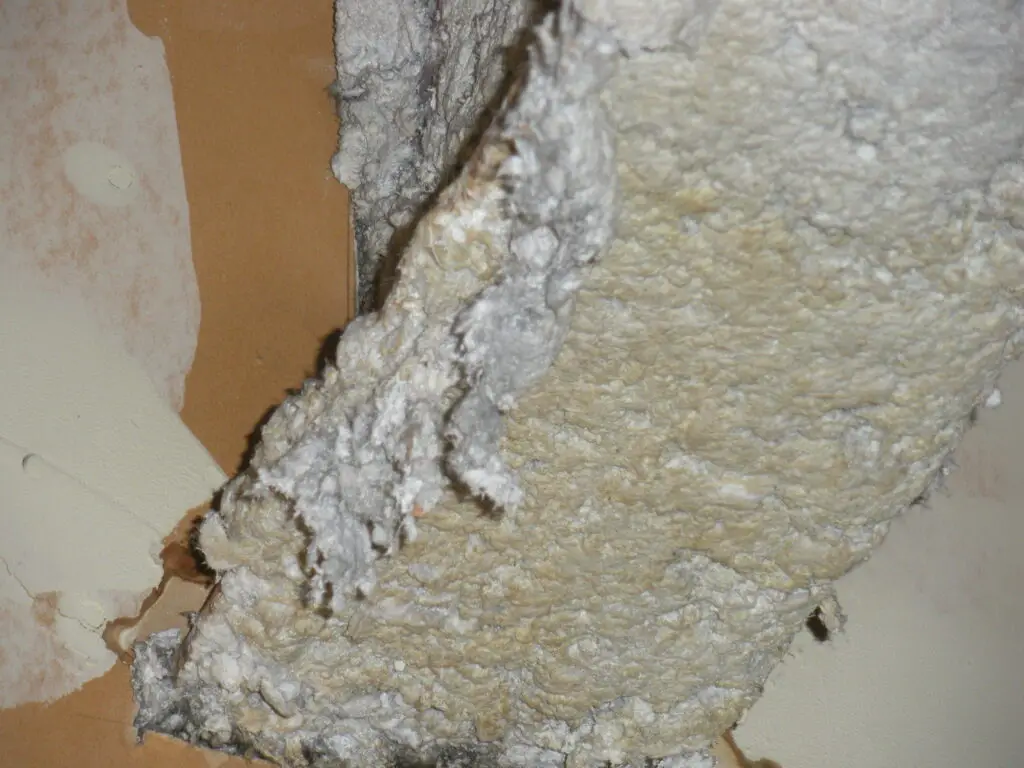
Asbestos is a toxic material that was once commonly used in construction due to its fire-resistant properties. According to the U.S. Consumer Product Safety Commission (CPSC), prolonged exposure to asbestos can cause severe lung diseases, including mesothelioma and asbestosis. Asbestos is especially dangerous when it becomes airborne, often due to aging or disturbance during renovations.
Homes built before the 1980s may contain asbestos in insulation, flooring, roofing, or plumbing. If you live in an older home, it’s essential to have any potentially hazardous materials tested by a professional before beginning renovations. If asbestos is found, professional removal is the safest option.
5. Lead Paint
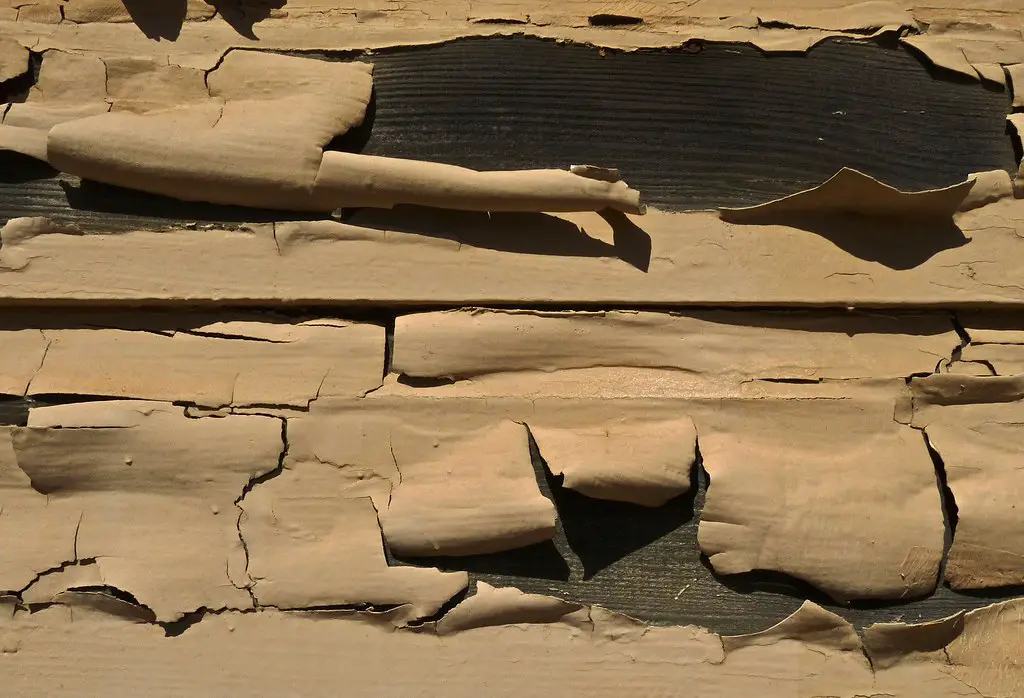
Lead paint is another hidden danger, particularly in homes built before 1978, when it was banned in the United States. Lead exposure can cause severe health problems, particularly for young children, including developmental delays and learning difficulties. Even small amounts of lead dust can pose a risk.
If you suspect that your home contains lead-based paint, it’s crucial to have it tested by a professional. If lead is present, hire a certified contractor to remove or safely encapsulate the paint. Lead paint removal can be costly, but it’s an investment in your health and safety.
6. Foundation Problems
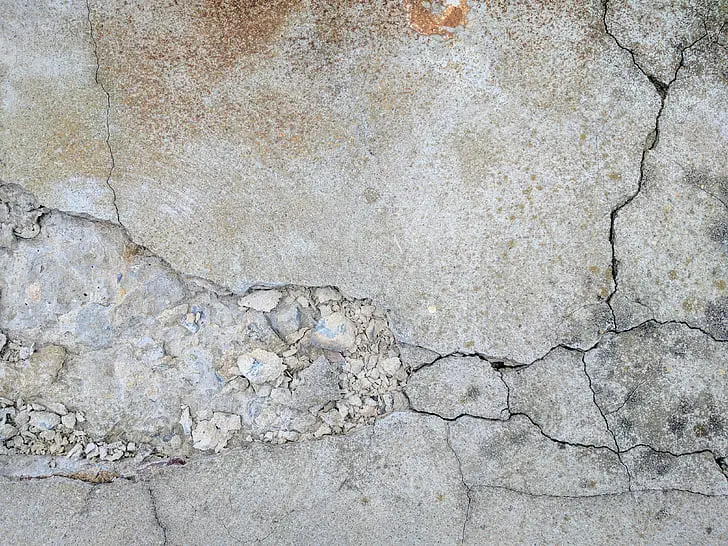
Foundation problems can be hidden for years, as they often manifest gradually. These issues can be caused by settling, soil shifting, or water damage. Over time, these problems can lead to significant structural damage and costly repairs if left untreated.
Signs of foundation problems include uneven floors, cracks in walls or ceilings, and doors that stick or won’t close properly. If you notice any of these signs, it’s important to have your foundation inspected by a professional as soon as possible. Ignoring the problem can lead to a collapse or severe structural damage, which can cost thousands of dollars to fix.
7. Termites and Pests

Termites are silent destroyers, eating through wood and compromising the structural integrity of your home without any visible signs until significant damage has been done. These pests are particularly dangerous because they often go undetected for long periods.
Even small termite infestations can lead to serious issues if left untreated, as they can cause structural damage to beams, supports, and floors. Having a pest inspection done regularly can help detect termites or other pests before they cause extensive damage. Preventative treatments can also be used to avoid future infestations.
8. Improper Ventilation

Poor ventilation can lead to a buildup of indoor air pollutants, contributing to respiratory issues and general discomfort. Inadequate airflow can cause moisture buildup, leading to mold growth and even dust mites. Poor ventilation can also increase the concentration of volatile organic compounds (VOCs) from household cleaning products and paints, which can be harmful to health.
If your home feels stuffy or musty, it may be a sign that ventilation is insufficient. To improve airflow, consider installing exhaust fans in the kitchen and bathroom, opening windows regularly, and using air purifiers. Proper ventilation will not only improve air quality but also help prevent moisture problems and health risks.
9. Hidden Septic Tank Issues

Septic tank issues are often invisible until a major backup or failure occurs. Neglecting septic system maintenance can result in clogs, leaks, and even system failure, leading to costly repairs. Problems with your septic tank can also pose a health risk, as raw sewage can contaminate groundwater or soil.
If you have a septic system, it’s important to have it inspected and pumped regularly. Signs that something may be wrong include slow-draining sinks, toilets, or showers, as well as unpleasant odors in your yard or home. Taking care of your septic tank can help avoid unexpected, expensive repairs.
10. Carbon Monoxide

Carbon monoxide (CO) is a colorless, odorless gas that can be deadly if inhaled in large quantities. It’s especially dangerous because it’s impossible to detect without a CO detector.
Common sources of carbon monoxide include gas appliances, furnaces, and vehicles. Installing carbon monoxide detectors near sleeping areas is essential for preventing poisoning. Make sure to have your appliances serviced regularly and never run a car or generator inside an enclosed space.
11. Old or Faulty Appliances
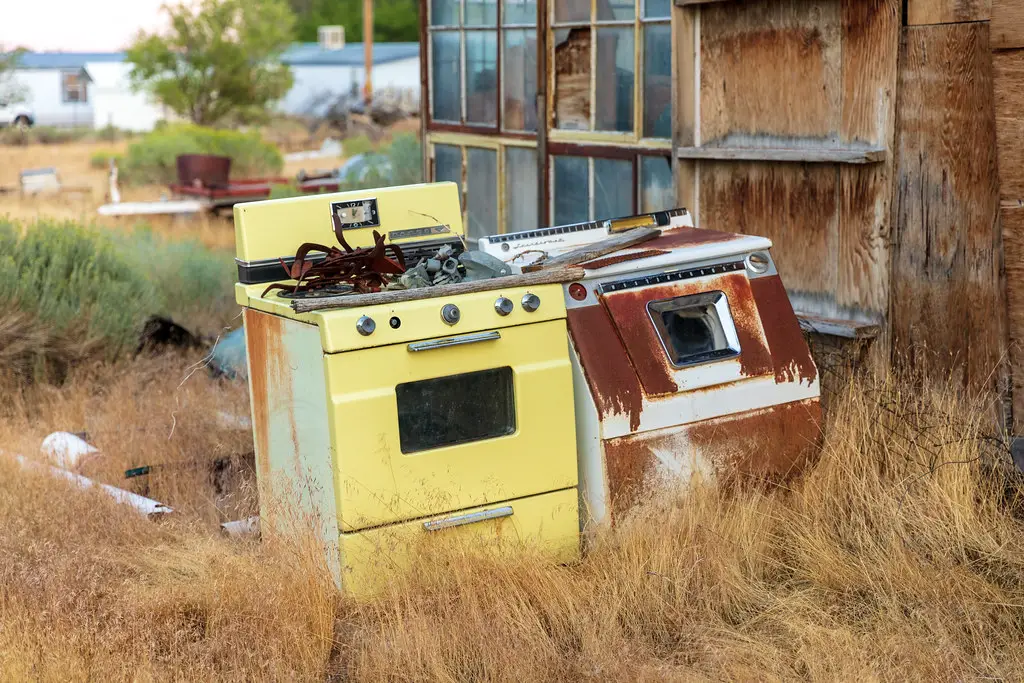
Old or malfunctioning appliances can not only be inefficient but also pose a safety risk. Appliances like stoves, dishwashers, and refrigerators can cause electrical fires or gas leaks when not properly maintained. Over time, these appliances can also become less energy-efficient, costing you more on your utility bills.
Replacing old appliances or having them serviced regularly can prevent these dangers. Make sure to inspect them for any signs of wear, leaks, or faulty wiring. When you replace an appliance, choose energy-efficient models to reduce both your safety risks and energy costs.
12. Hidden Plumbing Issues
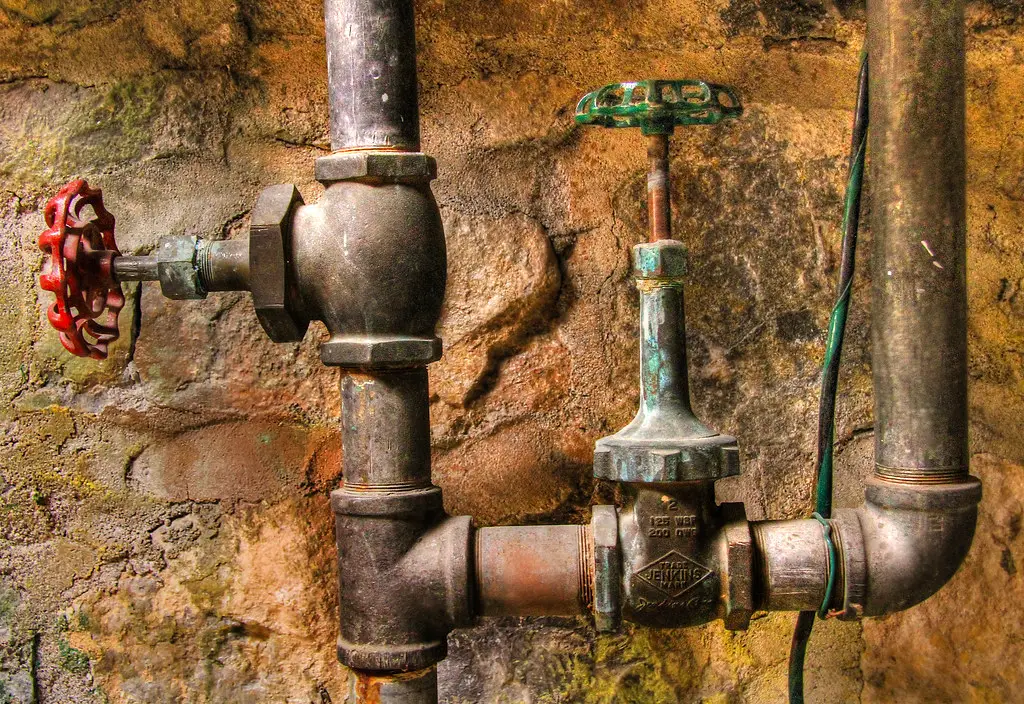
Plumbing problems can cause significant damage if left undetected. Leaks and blockages can go unnoticed for long periods, leading to water damage, mold growth, and even flooding. In some cases, plumbing problems can cause structural issues as water seeps into walls, floors, and ceilings.
Regular plumbing inspections can help catch hidden issues before they become major problems. Be on the lookout for signs like slow drainage, unusual sounds from pipes, or visible water stains. Early intervention can prevent expensive repairs and property damage.
